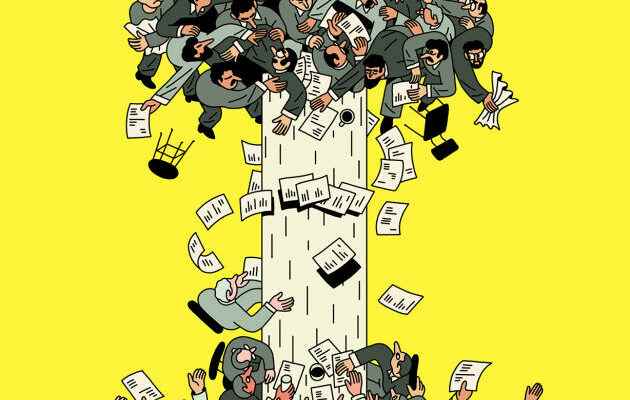Specialists on Iran are not very numerous in France, where the study of the Arab world has long appeared to be the most prestigious in the eyes of researchers and diplomats. It must also be said that, since the 1979 revolution, the Islamic Republic has known how to discourage the best wills, by refusing, one day, a visa, or by administering, another, a more or less aggressive pressure. The most tenacious have nevertheless succeeded in building up an address book, in Tehran or in the provinces of the country, which helps them to orient themselves in the maze of this opaque regime. “Iran is a black box”, they repeat, according to the usual formula.
But since the Iranian street rose up in reaction to the death of the young Mahsa Amini, on September 16, after being arrested by the morality police, the sources have been silent. For fear of speaking out on the phone, fearing espionage by the authorities, at a time when repression strikes mercilessly, with more than 400 dead and thousands of arrests. Going there yourself is at best illusory, at worst suicidal: seven French people, including academics, are currently being held in prison. Of the “arbitrary detentions”, according to the Minister of Foreign Affairs, Catherine Colonna. How, in this context, to understand what agitates Iranian power? How to read the decisions of a regime that is often hermetic to outside gazes? The difficulty does not date from today.
On which foot to dance
“We don’t understand much, we have little information about this regime, agrees the former head of French diplomacy Laurent Fabius, signatory of the Iranian nuclear agreement, in 2015. There are groups, sub-groups, factions, the old ones, the new ones, the toughest, the least tough…” Since the announcement of the supposed abolition of the morality police on December 4, Westerners have been lost in conjecture to find out whether this choice consists in letting go of ballast or launching a decoy. The paranoia of the leaders of the Islamic Republic, convinced that the revolt is fomented by foreign powers – the United States in the lead – is exacerbated. This complicates the maintenance of contacts at a high level in Tehran.
Emmanuel Macron himself does not always seem to know which foot to dance on. On September 20, when the first demonstrations broke out, the Head of State met in New York, on the sidelines of the United Nations General Assembly, with his Iranian counterpart, Ebrahim Raïsi. A tough guy, elected in June 2021, after a long – and repressive – career in the judiciary.
You have 81.94% of this article left to read. The following is for subscribers only.
